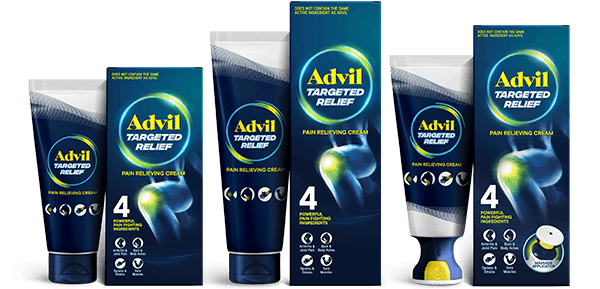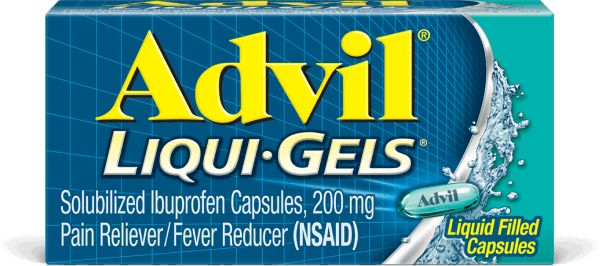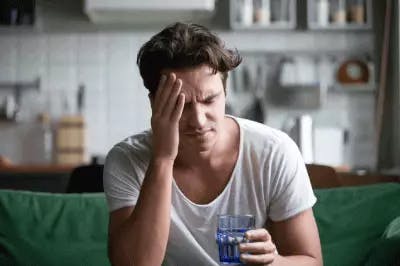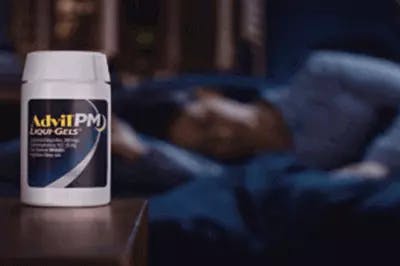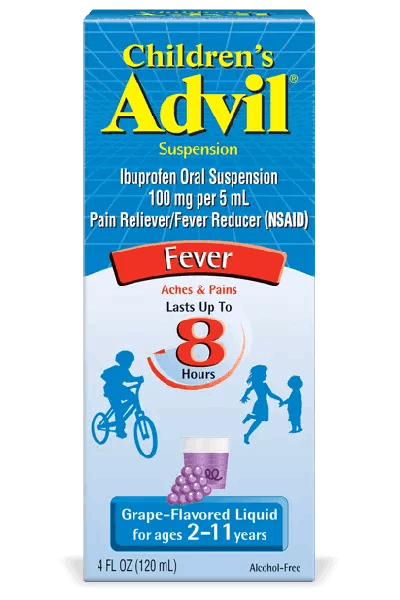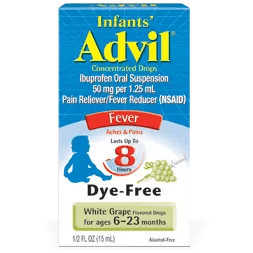What Causes Lower Back Pain?
Backache
If you experience lower back pain that affects your daily life, you’re not alone. Nearly 65 million Americans report a recent episode of back pain and over 16 million experience chronic back pain that affects their everyday activities.1 Lower back pain is also the leading cause of disability worldwide.2 While lower back pain doesn’t always indicate a serious problem, understanding the causes and symptoms of your pain can help you find treatment options.
What Is Lower Back Pain?
Back pain is one of the most common reasons people see a doctor and ranges from mild and temporary discomfort to severe, ongoing pain that affects your daily life.3 There are two types of back pain:3
- Acute. Short-term back pain, called acute back pain, resolves within a few days to a few weeks. For most people, lower back pain is acute and resolves on its own. Over-the-counter pain relief can help soothe acute symptoms while you recover.
- Chronic. Lower back pain that persists for longer than 12 weeks is defined as chronic back pain. Even after the initial injury or cause of back pain has been treated, some people experience chronic pain. Of all people affected by acute back pain, 20% will develop chronic back pain. While persistent pain may signal a more serious issue, sometimes there is no underlying cause to identify or treat. Treatment options can help ease symptoms even if they don’t entirely resolve them. If back pain becomes chronic, you should speak with your doctor.
Lower Back Pain Symptoms
Lower back pain can come on suddenly or appear gradually over time.5 You may notice pain immediately after a specific event, like an injury or after bending to pick something up. Your pain may be sharp or dull and achy and lower back pain can even radiate down to the back of your legs.5 Many people experience worse pain in certain positions, like while bending over, and feel relief while lying down.
While you’ll be able to tell if you experience pain in your lower back, you may also have other related symptoms.5 Understanding the symptoms of your back pain can help you know when to see a doctor and find the right treatment options for you.5 Other symptoms of lower back pain include:5
- Stiffness. Back pain is often accompanied by stiffness, making it difficult to straighten your back or stand up from a seated position quickly.
- Poor posture. Some people with lower back pain may stand bent to one side, as standing up straight can feel more painful.
- Muscle spasms. If you’ve strained your lower back, your muscles may spasm or contract uncontrollably.
Common Causes of Lower Back Pain
Lower back pain may occur as a result of injury or degenerative conditions.4 Your doctor should be able to help you determine the cause of your lower back pain and provide recommendations for treatment.4
Arthritis of the Spine
One of the most frequent causes of lower back pain is arthritis.4 As you age, the cartilage between your spinal joints breaks down and can cause the surrounding tissue to become inflamed. This increases friction in your joints and can cause pain in your lower back as you get older.4
Back Injury
Car accidents, bad falls, or even everyday activities can cause injury to your lower back. Back injuries can be sudden or happen slowly over time as a result of continuous strain. A bad fall or a car accident can cause a lower back injury. But so can carrying a laundry basket up the stairs. Some back injuries can be sudden and traumatic, and some happen slowly over time.4
Herniated Discs
A herniated or ruptured discs occur when your intervertebral discs become compressed and bulge outward out of their lining.3,4 Typically, herniated discs happen in the lower back. Even if the disc doesn’t cause pain, it may irritate surrounding nerves and cause pain as a result.4
How to Prevent and Treat Lower Back Pain
Acute back pain typically does not require treatment and will resolve on its own. However, you can treat your symptoms to ease pain and reduce inflammation.3
- Non-steroidal anti-inflammatory drugs (NSAIDs) can be purchased over the counter to reduce pain caused by inflammation. Advil Dual Action is an FDA-approved pain relief medication that combines Acetaminophen and Ibuprofen. By combining these two powerful ingredients, you’ll be able to take an effective daily dose of each while still getting up to 8-hours of relief.
- Topical pain relief like creams or gels provides warm or cold sensations to dull lower back pain.
- Applying heat or ice can help improve mobility, reduce inflammation, and provide back pain relief.
Chronic back pain requires more aggressive treatment plans addressing the underlying cause of your pain alongside treatment to ease symptoms.3
Lower back pain can make everyday activities challenging, but at-home treatments can provide symptom relief for acute pain. To learn more about pain relief, explore articles from Advil.
Source Citations:
- Back pain. https://hpi.georgetown.edu/backpain/. Accessed 11/1/2022.
- What low back pain is and why we need to pay attention. https://www.thelancet.com/journals/lancet/article/PIIS0140-6736(18)30480-X/fulltext. Accessed 11/1/2022.
- Low back pain fact sheet. https://www.ninds.nih.gov/low-back-pain-fact-sheet. Accessed 11/1/2022.
- Back pain. https://www.mayoclinic.org/symptoms/back-pain/basics/causes/sym-20050878. Accessed 11/1/2022.
- Lower back pain: what could it be? https://www.hopkinsmedicine.org/health/conditions-and-diseases/back-pain/lower-back-pain-what-could-it-be. Accessed 11/1/2022.
By clicking the link(s) above, you will be taken to an external website that is independently operated and not managed by Haleon. Haleon assumes no responsibility for the content on the website. If you do not wish to leave this website, do not click on the links above.
